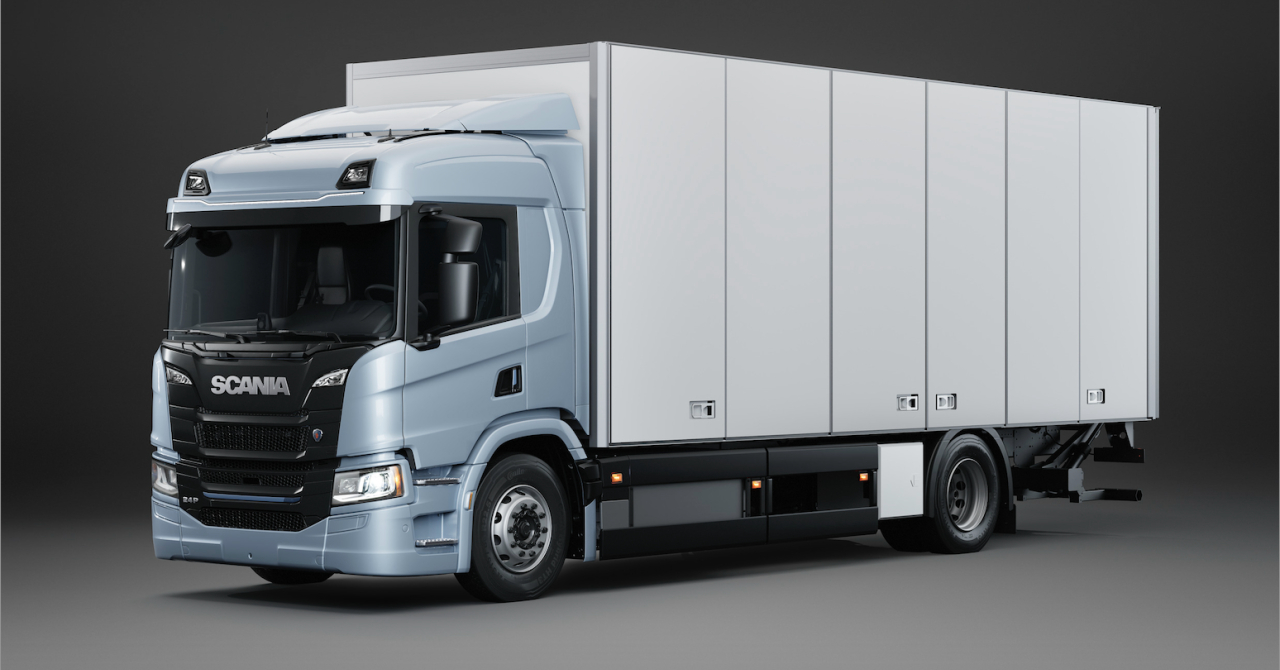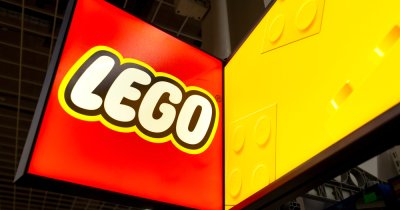“We are steadily adding more and more customer value and specification choices with our continuous introductions,” says Fredrik Allard, Senior Vice President and Head of E-mobility at Scania.
Offering a tandem bogie axle for BEVs means that tippers, hook lifts, concrete mixers and a number of other rigid-based applications can be specified without having to sacrifice traction or load-carrying capacity. This goes hand-in-hand with Scania also introducing a number of different power take off-solutions for powering hydraulics or other bodybuilder equipment.
In addition, the two versions – 210 kW and 240 kW – of the electric machine EM C1-2 that are now being introduced have a perfect fit with certain construction-oriented operations, since the power levels are right on spot (285 hp or 326 hp) with the typical specification for trucks used by municipalities. The EM C1-2 is physically shorter than its more powerful siblings, which opens up space for batteries and/or equipment such as supporting legs.
It is the perfect all-rounder for many lighter operations, combining low weight with high power output, lots of torque and smooth power delivery with two gears. It is ideal for operations in urban environments within distribution but it is equally suited for many other applications such as the diverse kinds of vehicles that municipalities use for maintenance.
“It is the 9-litre engine equivalent if I were to do a diesel comparison,” says Allard. “It’s the kind of electric machine that fits in an endless number of operations by being light and flexible, yet also powerful.”
The market for electric vehicles is maturing faster in some areas than others. Most of this is related to the availability of a charging infrastructure (and access to power supply).
“It's a common misconception that charging is more complicated than it actually is,” adds Allard. “Many customers will do fine with a standard depot charging solution that we can guide them in designing and building.”
Scania’s battery-electric trucks come with impressive numbers on the battery side, too. The batteries will last for 1.3 million kilometres, the lifetime of the truck. And their carbon footprint is approximately one-third of a comparative industry reference, due to the fact that they are produced with fossil-free electricity in northern Sweden.
Scania has chosen lithium-ion batteries in prismatic shapes that are assembled in Södertälje into battery packs of 416 or 624 kWh, with state-of-charge windows of approximately 83% usable energy.
 Mihai - Cristian Ioniță
Mihai - Cristian Ioniță












Any thoughts?